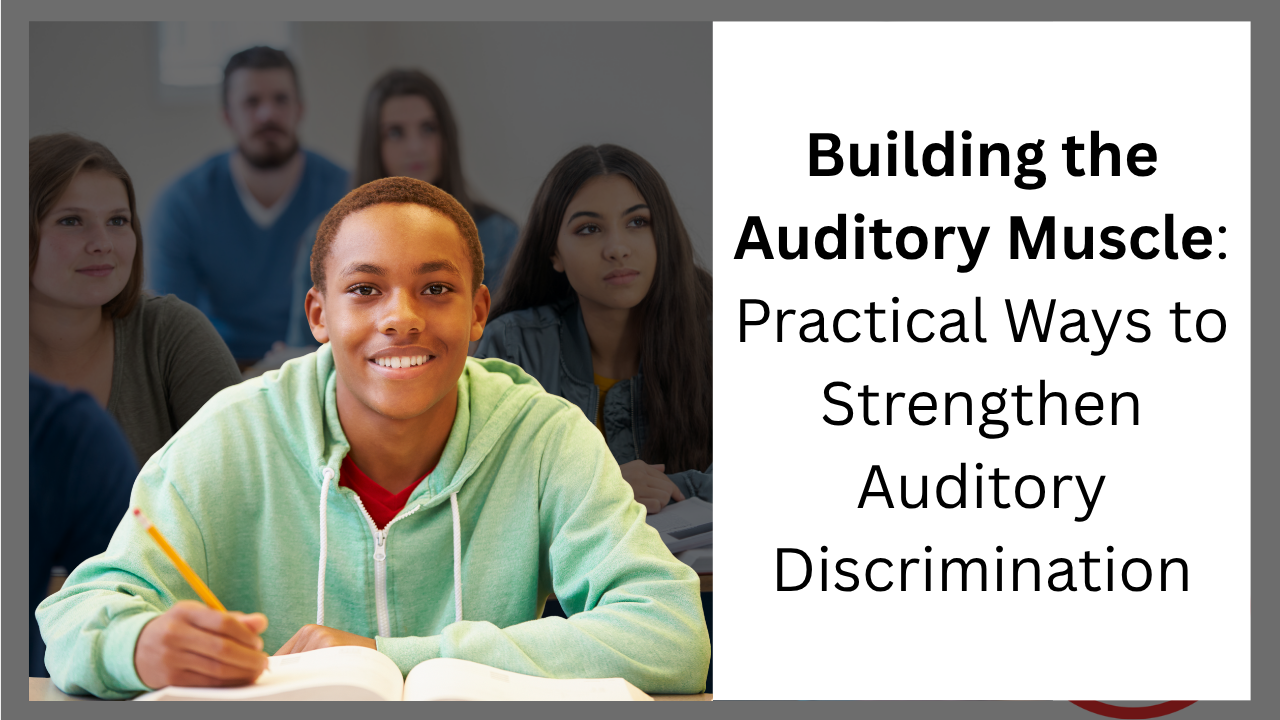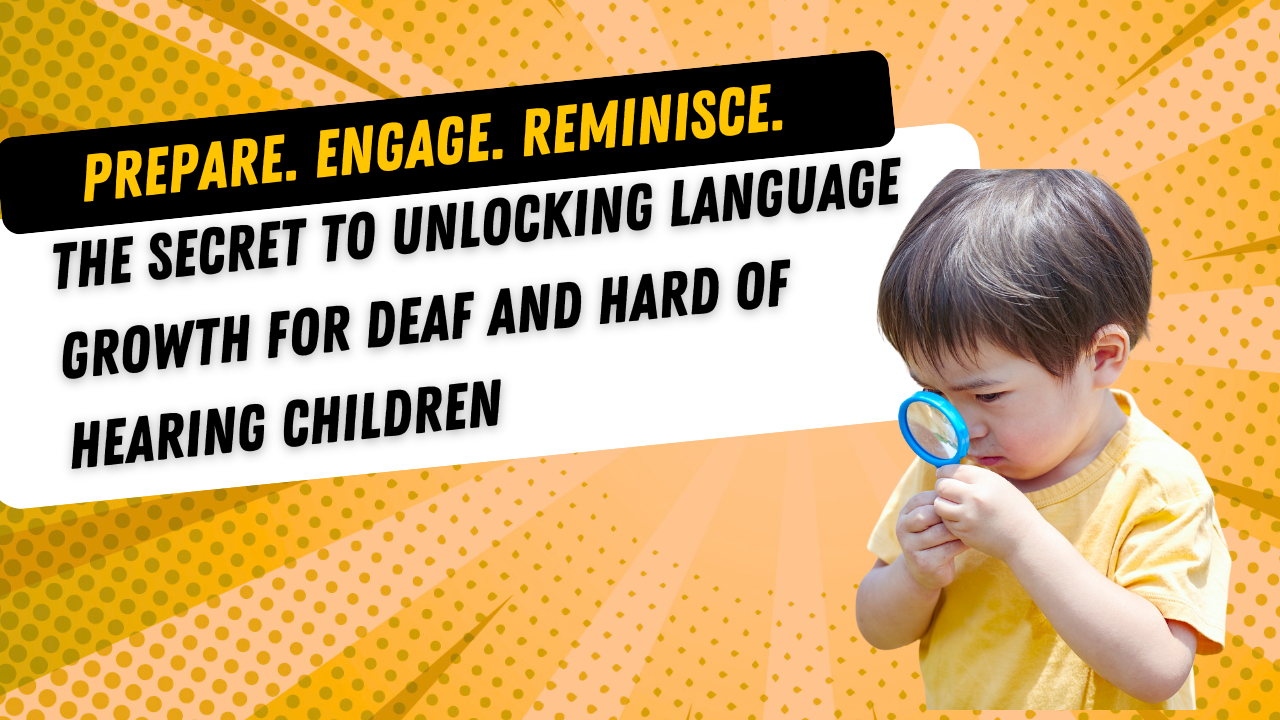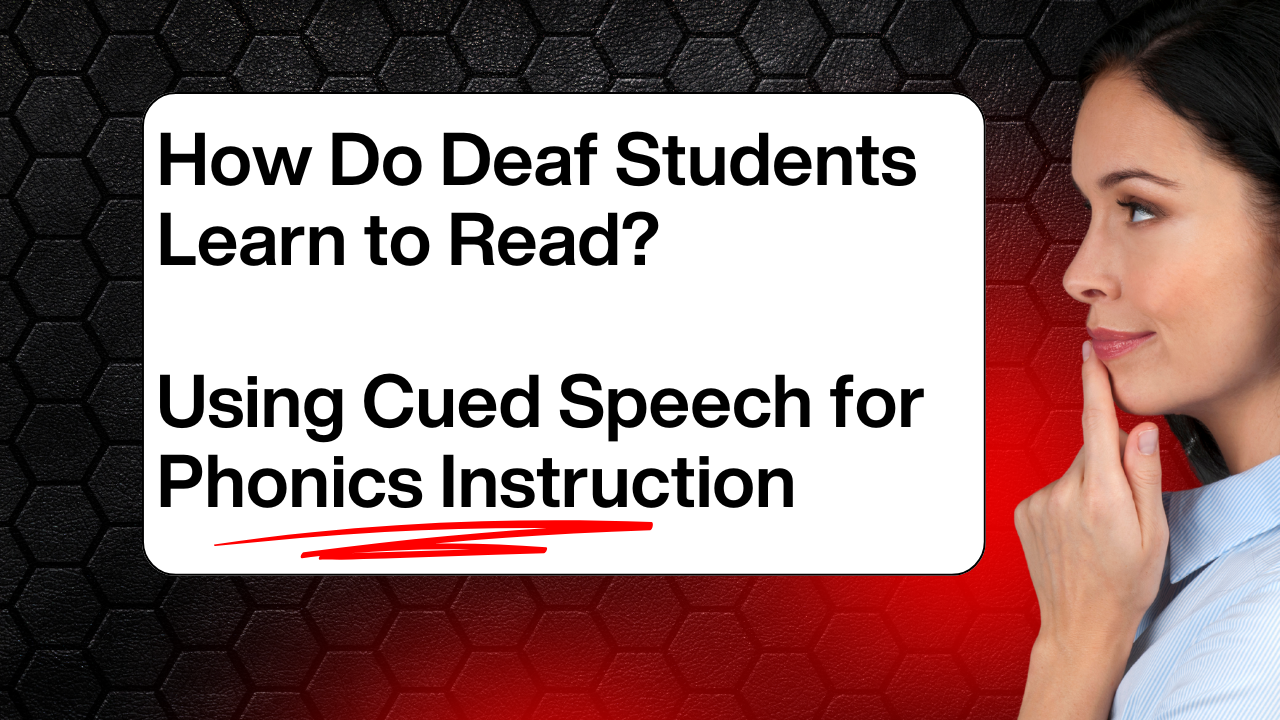GET THE SCOOP.
Check out the latest from our blog.
Experiencing some holiday schedule chaos?
If you’ve been an itinerant for more than… oh, about two minutes… you already know that almost nothing goes...
If you’ve ever woken up with that tightness in your chest—the kind that comes from knowing you’re already behind before the day even starts—you’re not...
If you’ve ever worked with a student who says, “I hear just fine,” yet consistently misses pieces of what’s said in class, you already know how sneaky...
Prepare. Engage. Reminisce. The Secret to Unlocking Language Growth for Deaf and Hard of Hearing Children
Every moment is a chance to build language ...
LITERACY INSTRUCTION
The Challenge: Phonics Without Access
In classrooms across the country, reading instruction is built on phonics. Students are t...
I see it often. A hard of hearing student, who uses “listening and spoken language” (they can hold a conversation with you), has a sign language in...
A few months ago, The Online Itinerant took a cruise that changed more than just our scenery—it changed our hearts.
While on a professional cruise th...
HARD TRUTH: many itinerant teachers find themselves running on empty.
If you’re closing out your year feeling frazzled and stretched too thin, you’re...
Have you ever sat at an IEP table with a preschooler in mind—a child you know needs support—only to feel powerless when the data says otherwise?
Y...









